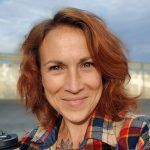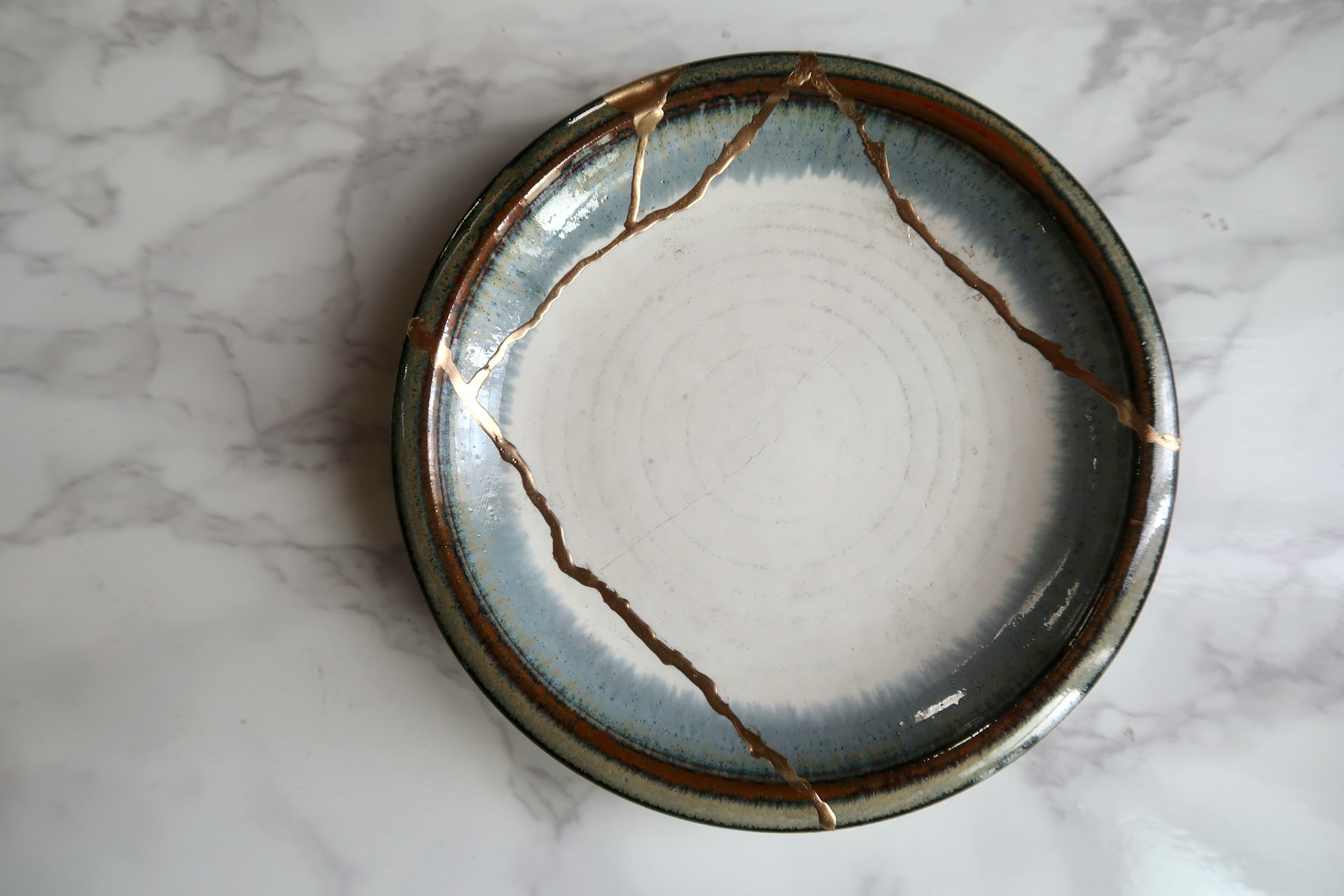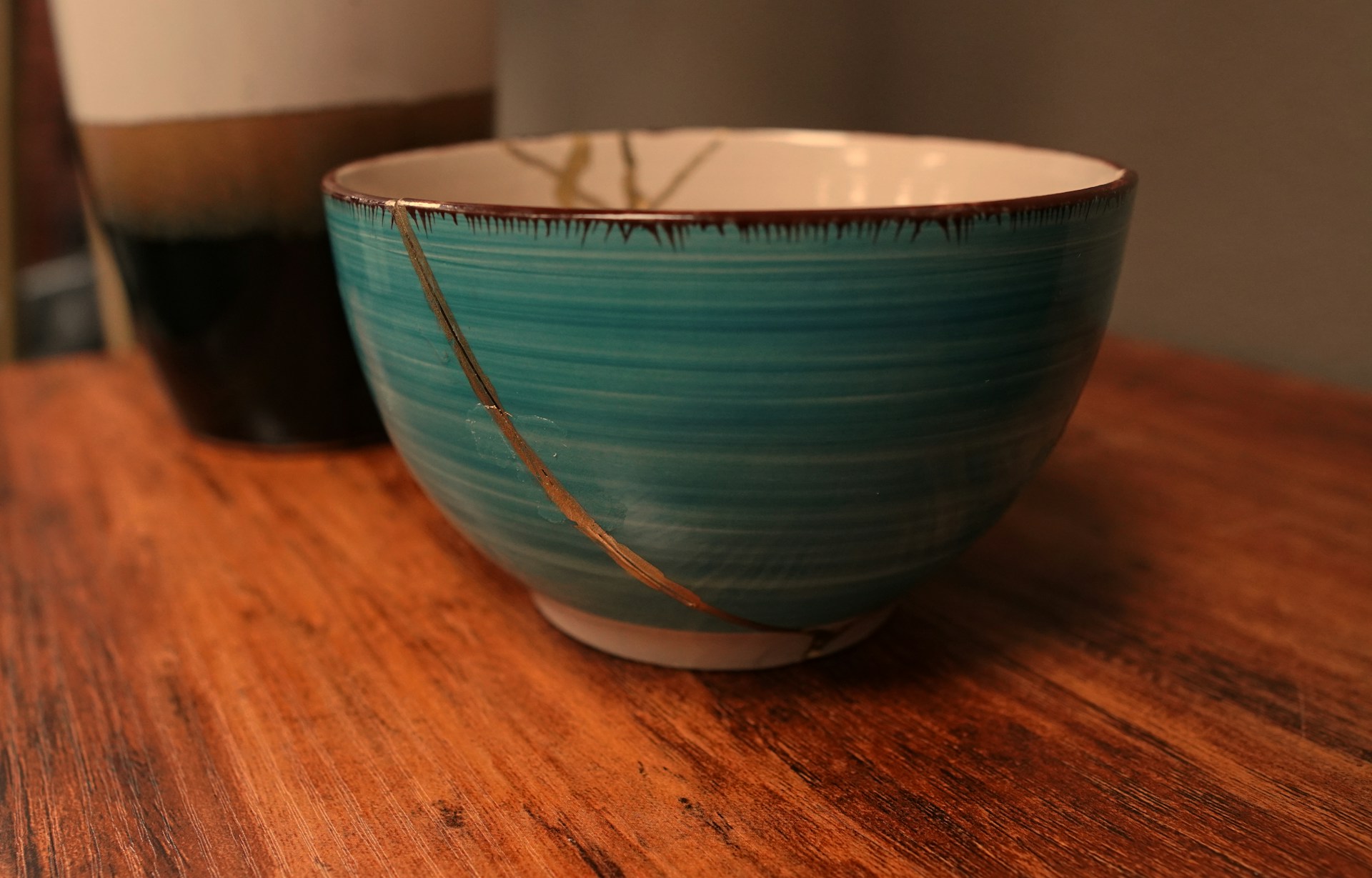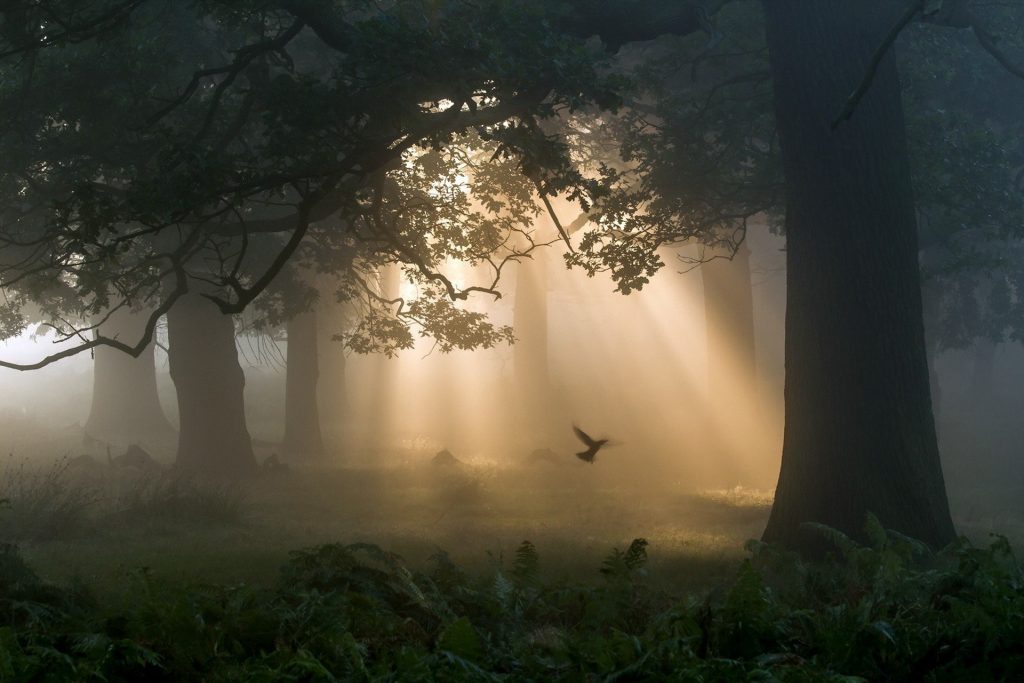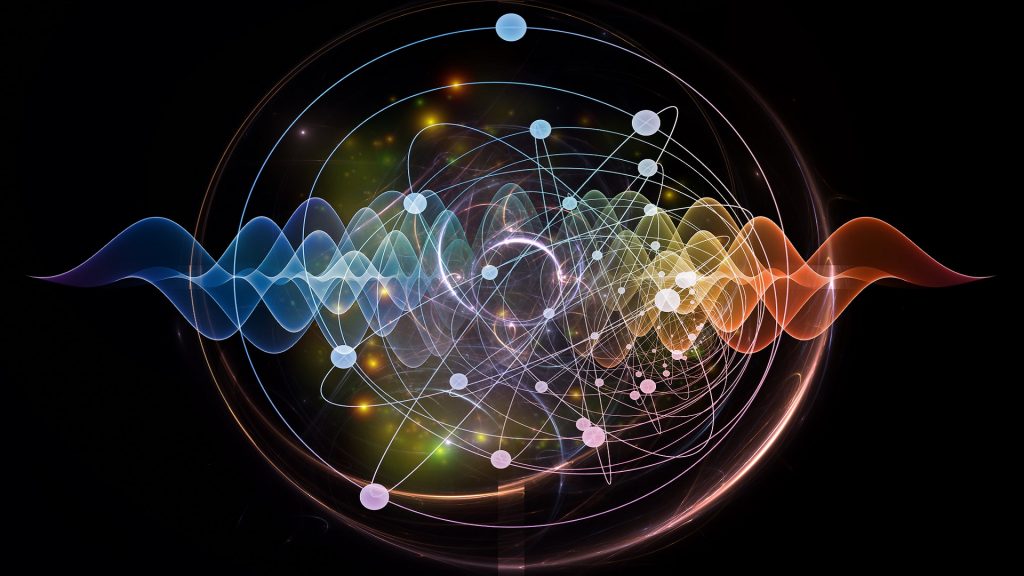The Mythology of Abuse
Part I: Remembering and Naming the Truth
Some pieces ask to be written. Others insist. This one insisted.
The child within has insisted before, many times throughout my life. I’ve put her off. Focused on other injustices. Tended to other wounds. But she waits. My righteous inner child. The one who looks me in the eye and says, “If you don’t speak, who will?”
Yes, others speak. But not nearly enough. And not always like this.
This story is not just about me. It’s about a pattern. A mythology. One that distorts, denies, and displaces the majority of childhood sexual abuse. One that insists we only pay attention when the story is dramatic, the perpetrator a stranger, the memory vivid and linear.
But many of us live in the in-between. In the blurry memories. The subtle transgressions. The silence of trusted rooms. We oscillate between functional and dysfunctional freeze. We wonder: did it happen? Was it real? Why does it still live in my body?
We have a serious issue on our hands—one that affects far more than the category of “survivors.” One that shapes families, cultures, our collective nervous system.
For most of my life, speaking out was met with resistance. Anger. Institutional protocols. Surface-level concern for my performance, not my pain. The response was almost always: “That’s unfortunate,” followed by, “Now carry on.”
Still, my inner child insists.
This essay is for her. And for all of us. It is not a graphic account, but it is truthful. It explores how childhood sexual abuse occurs, why it persists, and what healing might require. It draws on personal memory, professional practice, and cultural critique. If you carry a story like this, read gently. Pause as needed. You are not alone.
And if you think this doesn’t apply to you, stay. Because the conditions that allow abuse affect us all.
The Violation Beneath the Surface
We like clean narratives. Monsters in vans. Clerical predators. Pedophile rings unraveled in primetime exposés. One-time events with clear beginnings and ends.
But most abuse doesn’t look like that.
It is quiet. Confusing. Repetitive. It happens in families, communities, under the gaze of people who should have known. It comes as boundary violations, emotional grooming, inappropriate touch disguised as affection. It thrives in ambiguity, where a child learns to doubt their own perception.
Sometimes, it is committed by women.
Sometimes, the violator is another child or adolescent reenacting harm done to them.
We need to tell these stories, too—not to collapse all distinctions, but to expand what harm can look like and how it hides, to pierce the veil of spectacle, break the silence of taboo, and name the epidemic we keep projecting as isolated outbreaks
Estimates suggest 1 in 4 girls and 1 in 13 boys in the U.S. experience sexual abuse before 18. The CDC reports over 40 million American adults are survivors. Experts agree this is an undercount. Disclosure is rare. Denial is common. Around 67% of victims don’t disclose in childhood. Many never do. Rates are even lower for boys, gender-nonconforming kids, and children of color. Factor in racial and economic inequities, and the underreporting isn’t just a gap—it’s a chasm.
Over 90% of victims know their abuser: parents, relatives, coaches, clergy, teachers, neighbors, or older children. Clergy abuse, while less common overall, accounts for a significant portion of institutional harm. Stranger danger and pedophile rings exist, but are rare. Wartime sexual violence is also real, but statistically represents a smaller share of global childhood sexual abuse.
Yet these more visible forms dominate the narrative—and that distortion undermines prevention. When we focus on spectacle, we miss what’s ordinary. Survivors go unseen. Silence grows from unsafety fed by fear, shame and discomfort, then amplified by proximity, and protected by status. Ironically, these are the very conditions that make abuse possible in the first place.
And the harm doesn’t stop in childhood. Survivors of early sexual trauma are at far greater risk for autoimmune disease, chronic pain, addiction, depression—even cancer.
The numbers are undercounted, but still overwhelming. What we lack isn’t data. It’s the cultural will to face it.
Cultural silence around children’s sexual development—combined with adult discomfort, religious shame, and refusal to acknowledge children as sovereign, intuitive beings—leaves a dangerous vacuum. In that vacuum, violations occur not just through what’s done, but through what’s withheld:
- Sexualization without guidance
- Disregard for bodily autonomy
- Denial of agency and awareness
These are not neutral omissions. They are betrayals. And they lay the groundwork for deeper harm—making it harder to recognize abuse when it happens, and even harder to speak it.
The abuse itself was one thing. The invalidation afterward was another. The silence from those who suspected. The denial from those who knew. The systems that responded with cold procedures instead of presence. That was harder to metabolize.
And yet…
Even when we’re not believed, something in us knows. The body knows. Healing often begins not with language, but with the felt recognition that what happened mattered.
I’ve seen this in myself. In clients. In community.
The pain is often not in the violation alone, but in the years of disconnection that follow. The belief that we are alone. That our needs are too much. That what we felt wasn’t real.
Every inner child I’ve worked with—healing from sexual abuse—has first needed the same things: a safe hug. To be seen. Heard. Believed. Protected.
When those needs go unmet, the nervous system adapts. Dissociation becomes survival. Spiritual bypass becomes identity. It’s easier to live in the clouds when your body feels like a prison.
But once safety is re-established (through presence, patience, and attunement), something begins to shift. Survivors often express their experience in layers, as the story evolves in how it remains held in the body. The body softens. Awareness grows. Over time, the nervous system begins to repair.
No client has ever shared their truth, processed it, and been done. This kind of wound doesn’t disappear—it scars. That’s true for individuals and culture. And as someone who carries a few scars, I can tell you: they don’t vanish. But with care, time, and community, they do fade.
When we begin to rest, eat, move, and express—something shifts.
We remember.
And with that remembrance, we slowly return to ourselves.
Part II: Cultural Mythologies and Systemic Betrayal
The stories we allow shape what we believe is possible—and what we deny.
Abuse is not rare. It is systemic. Cultural. Hidden in plain sight.
Myths center on individual pathology: the dangerous stranger, the rare tragedy. These headline stories are not the whole truth. Most violations occur in homes, schools, churches—systems that claim to care.
We fixate on elite villains because it’s easier than confronting ordinary people failing to protect their own.
I experienced this in graduate school. I attempted to embody and integrate the very frameworks we were studying—bringing my personal abuse story into a “coming out” paper that examined the codification of sexual trauma through the lens of performance theory. The response was not discernment, but judgment. My trauma was not engaged as material worthy of theoretical consideration. Instead, the critique focused on my failure to “perform” intellectual rigor.
Adding insult, the same professor who dismissed my effort enthusiastically supported another student’s decision to strip for the summer as research. Performative inquiry was celebrated. Vulnerable storytelling, even when academically rigorous, was met with grading rubrics and silence.
I now understand that for some, lived experience is only acceptable when properly distanced, abstracted, or packaged as spectacle. Institutions that market themselves as radical often cannot tolerate the intimacy of their own analysis when it is lived rather than performed.
This is not about one professor. It’s about our cultural inability to hold truth when it becomes intimate.
We live in a society where the body is either commodified or controlled. Christian doctrine and capitalism have left us ill-equipped to raise safe, sovereign children. Conservatives cloak repression in morality. Liberals outsource care to policy and data.
Children aren’t safe in a culture that sees them as pathology, purity, or projection. They’re safe when we honor their autonomy, meet their development with attuned presence, and confront our own histories.
Silence is not safety. Denial is not dignity. Institutions built on spectacle will fail to hold the unspeakable—unless we demand more.
Abuse is not an aberration. It’s a mirror of our power structures. Healing requires more than policy. It demands cultural reckoning and communal care.
We are not just protecting children. We’re unlearning what made us unsafe.
Part III: Healing and Integration
Healing from childhood sexual abuse is not linear. It doesn’t unfold through logic or will alone. It unfolds in the body—but not in isolation.
We are individual beings, but also part of a communal body. The boundary between the two is an illusion—measurable only by presence, resonance, and relationship.
To truly heal, we return to ourselves and to each other.
And the body remembers.
Most survivors I’ve worked with, including myself, have needed one thing first: to be believed. Before insight. Before forgiveness. Before reframing.
Because abuse is dissociative, we lose soundness in our own experience. We need a felt sense of being seen, heard, and held.
This is the foundation. Without it, healing becomes performance.
What I needed wasn’t correction or analysis. I needed someone to say:
“That was abuse. It was not okay. It wasn’t your fault. And it hurt you.”
“You are loved.
You are safe now.
We’ll keep listening.
As often as you need.
In all the ways you need.”
Sometimes, that someone was my husband. Sometimes, a skilled guide. Sometimes, a part of me finally strong enough to speak.
My own healing has arrived in waves: naming the harm in trusted spaces, recognizing how trauma reshaped my body and beliefs, and learning that the denial of what happened was often more damaging than the acts themselves. The invalidation, the silence, was the echo that stayed.
Somatic self-inquiry changed everything—especially Mary Shutan’s Body Deva Method. It taught me that healing begins not with mental insight, but with space for the body to speak. What I thought was self-blame turned out to be sorrow. What I called numbness was protection. The body doesn’t lie—but it speaks in layers.
To help clients access this work, I first introduced Deb Dana’s Polyvagal practices. What I found was that Polyvagal Theory didn’t just support the Body Deva process—it validated it. It gave language to what we were already experiencing: healing is not cognitive or isolated. It is physical. It is relational. We heal through the body, in the presence of others.
The third pillar, Marshall Rosenberg’s Nonviolent Communication, offers a way to speak truth without retraumatizing. Survivors are often deeply attuned to harm—their own and others’. We need language that honors both autonomy and connection. When rooted in body awareness and relational safety, NVC becomes more than a script. It becomes authentic, attuned, alive.
This is what HETA—the Harmonized Embodied Transformation Approach—is designed to do. It’s a living system of practice that honors humane embodied trauma alchemy: a slow transmutation, where unspoken truth, when met with presence, becomes clarity and connection. HETA is not a theory. Not a set of coping strategies. Not a mode of control. It is a way of being—one that helps us reclaim the parts of ourselves that went dormant. To remember that safety is possible again. And to return to the body’s most natural path to repair: play.
Because without play, healing becomes vigilance. Joy feels dangerous. But play is the nervous system’s language of trust.
And through play, we remember:
Connection, when safe, is sacred.
And so we rebuild. Not by erasing the past, but by holding it differently.
You don’t have to remember everything.
You don’t have to fix anything right now.
You begin by listening to your body, one breath at a time.
And in doing so, you begin to return.
To yourself.
To a world that is slowly learning how to hold what it once refused to see.
This is the truth we must honor now—not one of myth or silence, but of restoration.


